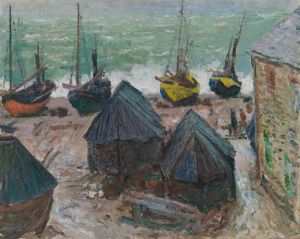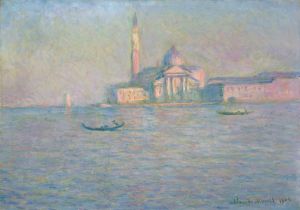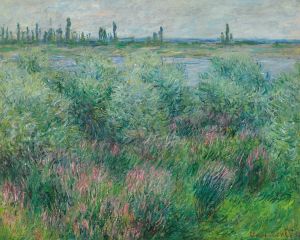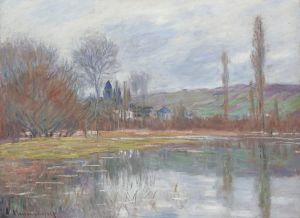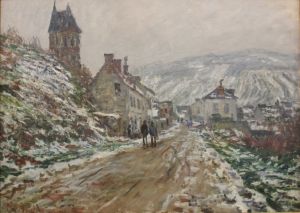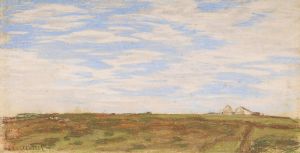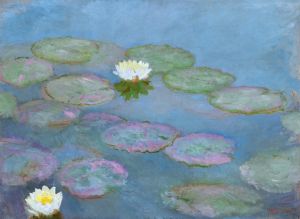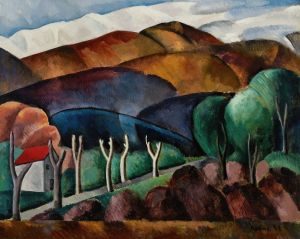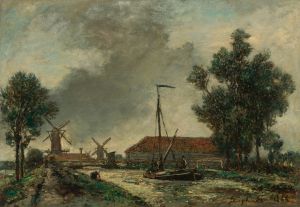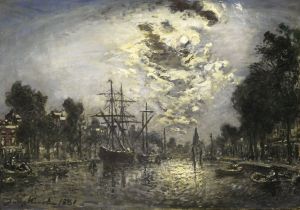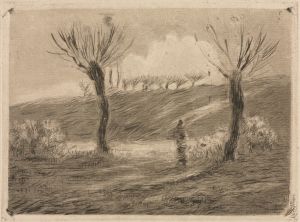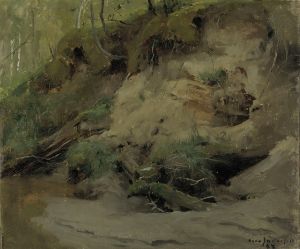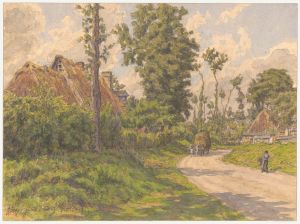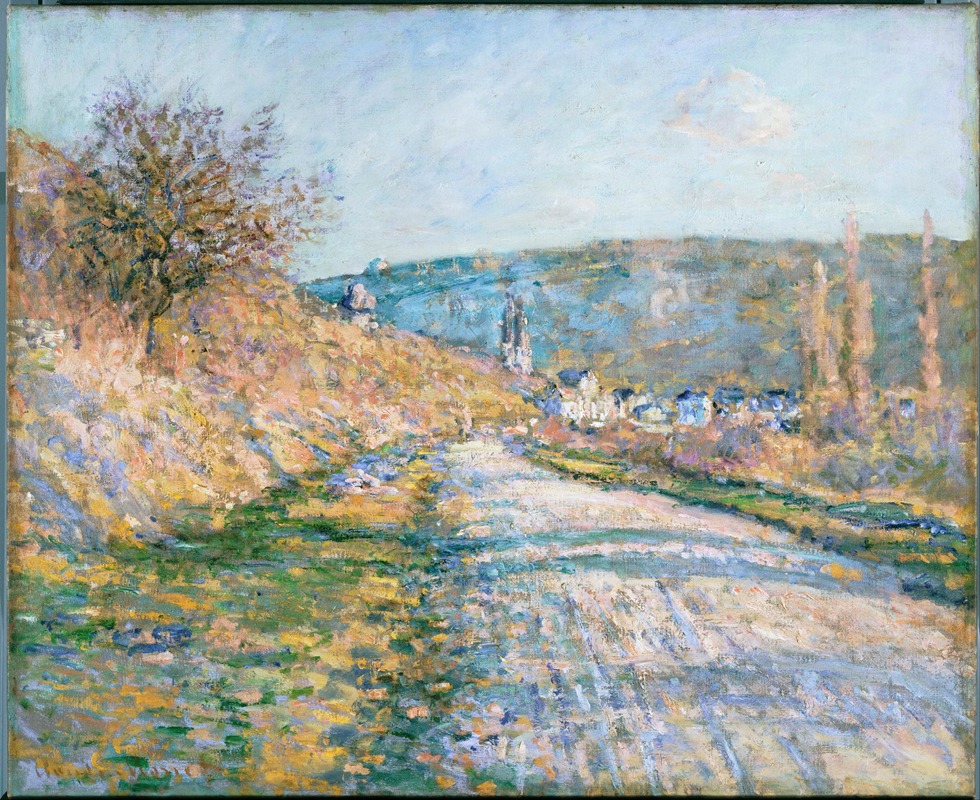
The Road to Vétheuil
A hand-painted replica of Claude Monet’s masterpiece The Road to Vétheuil, meticulously crafted by professional artists to capture the true essence of the original. Each piece is created with museum-quality canvas and rare mineral pigments, carefully painted by experienced artists with delicate brushstrokes and rich, layered colors to perfectly recreate the texture of the original artwork. Unlike machine-printed reproductions, this hand-painted version brings the painting to life, infused with the artist’s emotions and skill in every stroke. Whether for personal collection or home decoration, it instantly elevates the artistic atmosphere of any space.
Claude Monet, a pivotal figure in the Impressionist movement, painted "The Road to Vétheuil" in 1879. This artwork is a quintessential example of Monet's innovative approach to capturing light and atmosphere, which became a hallmark of the Impressionist style. The painting depicts a rural scene near the village of Vétheuil, located along the Seine River in northern France, where Monet lived for a period of time.
Monet moved to Vétheuil in 1878, a time marked by personal and financial challenges. Despite these difficulties, his time in Vétheuil was incredibly productive, resulting in numerous works that explored the changing effects of light and weather on the landscape. "The Road to Vétheuil" is one such painting that reflects Monet's fascination with the natural environment and his commitment to painting en plein air, or outdoors, to capture the transient effects of light.
The painting itself portrays a path leading towards the village, flanked by lush greenery and trees. Monet's brushwork is loose and fluid, a technique that allows him to convey the movement and vitality of the scene. The use of color is particularly striking; Monet employs a palette of greens, blues, and earthy tones to evoke the freshness of the countryside. The dappled sunlight filtering through the trees creates a dynamic interplay of light and shadow, a characteristic feature of Monet's work during this period.
Monet's choice of subject matter in "The Road to Vétheuil" reflects his interest in everyday scenes and his ability to find beauty in the ordinary. The painting does not focus on grandiose or dramatic subjects but instead captures a simple, serene moment in the French countryside. This approach was revolutionary at the time and contributed to the broader Impressionist movement's emphasis on modernity and the depiction of contemporary life.
The village of Vétheuil itself holds significant importance in Monet's life and work. It was here that he faced personal tragedy with the death of his wife, Camille, in 1879. Despite this, Vétheuil provided Monet with a wealth of inspiration, and he produced over 150 paintings during his time there. These works are celebrated for their exploration of light, color, and atmosphere, and "The Road to Vétheuil" is a prime example of these themes.
Today, "The Road to Vétheuil" is recognized as an important work within Monet's oeuvre and the broader Impressionist canon. It exemplifies the artist's skill in capturing the essence of a moment and his innovative use of color and brushwork. The painting is housed in various collections and continues to be studied and admired for its contribution to the development of modern art.
In summary, "The Road to Vétheuil" by Claude Monet is a testament to the artist's ability to transform a simple rural scene into a vibrant and evocative work of art. Through his masterful use of light and color, Monet captures the beauty of the natural world and the fleeting moments of everyday life, solidifying his legacy as a pioneer of Impressionism.






